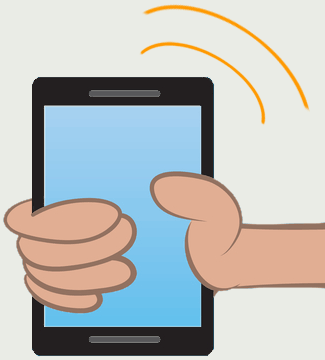
What is Berkeley's proposed cell phone Right To Know ordinance?
Posted in General Health & Wellness on July 30, 2015. Last modified on April 23, 2019. Read disclaimer.
To date, most studies have failed to establish a link between cell phone use and brain tumors or any other health condition. On the other hand, we don't know with certainty that long term use of cell phones is absolutely safe. (For one thing, as cell phones get smarter, such as moving up from 3G to 4G, the amount of radiation they produce increases.) The Berkeley City Council's concern, however, is that most of us are not carrying our phones in the way that FCC guidelines specify when phones are safety tested.
As FCC regulations currently stand, cell phone manufacturers must meet federal "Specific Absorption Rates" (SAR) which assume that the user will carry their phone about a half inch (10-15mm) from their body, such as in a holster or belt clip. And, while this may have been common when cell phones were first introduced, most of us now carry our phones in a pocket, waistband, bra or somewhere that is more tight against our body. The city of Berkeley believes that citizens may change their behavior if they are better informed.
So, the Berkeley City Council wants to require that local cell phone retailers provide customers with the following notice:
To assure safety, the Federal Government requires that cell phones meet radio frequency (RF) exposure guidelines. If you carry or use your phone in a pants or shirt pocket or tucked into a bra when the phone is ON and connected to a wireless network, you may exceed the federal guidelines for exposure to RF radiation. This potential risk is greater for children. Refer to the instructions in your phone or user manual for information about how to use your phone safely.
If these are the manufacturer's own safety recommendations, what is the cell phone industry's opposition to the ordinance?
CTIA (Cellular Telephone Industries Association) believes that the current guidelines are overly conservative to start with and that "when a cell phone is certified as compliant with the FCC’s guidelines, that phone is safe, however it is worn, even if a particular usage results in exposure 'well above' the limit." CTIA feels that Berkeley's message is misleading and could result in a cumbersome patchwork of regulations springing up across the country.
How is Berkeley's ordinance different than San Francisco's cell phone safety ordinance which was implemented in 2010 but stopped shortly after?
San Francisco's Right to Know ordinance went quite a bit further in its warnings of the possible health effects of cell phone radiation. It also focused on additional steps a person can take to minimize exposure. In 2012, courts ruled that there is not enough scientific proof showing that cell phone radiation is dangerous, that phones that comply with FCC guidelines are safe and that San Francisco must cease its ordinance.
The following materials are what San Francisco had used in its campaign:
If you're concerned about cell phone radiation, here are 8 ways to minimize your exposure
- Plug in with a wired ear piece. (On numerous occasions, Dr. Sanjay Gupta, Chief Medical Correspondent for CNN has mentioned that he always tries to use a wired earpiece when talking on a cell phone.)
- Exercise caution when it comes to children using cell phones, since kids have thinner skulls and will probably be using cell phones much longer.
- Use the speakerphone when not in public. Radiation exposure drops with every inch that you hold the phone farther from your body.
- If you use a Bluetooth headset -- use it only as needed and switch it from ear to ear to minimize radiation exposure on either side. While Bluetooth headsets reduce radiation exposure, they don't completely eliminate it.
- To keep the phone farther away from your body, text more and talk less.
- Don't carry your phone in your shirt or pants' pocket or bra or sleep with it under the pillow. Instead, keep it at least a small distance away from your body such as on the desk, in a holster, belt clip, backpack or handbag since body tissues close to the waist, such as liver and kidneys may absorb radiation even more efficiently than the brain.
- Be aware that radiation levels increase when the phone has a weak connection or is searching for a cellular tower (such as when you're in an elevator, traveling or located in rural areas).
- Cut back on the amount of time spent on your cell phone and turn it off when you won't be using it.
+ Free Shipping & Returns on Eligible Items.
(*Amazon's Top 100 list updated hourly.)
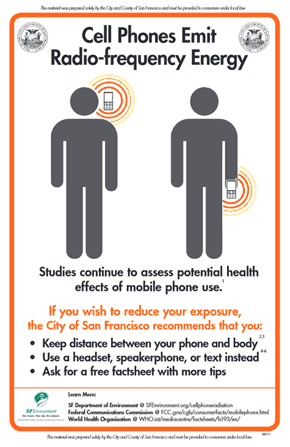
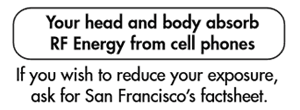
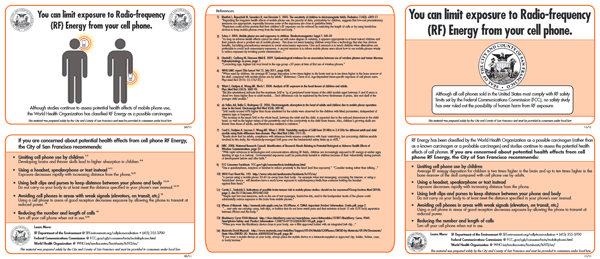

 Health benefits of having pets
Health benefits of having pets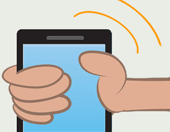 Berkeley, CA's cell phone safety law
Berkeley, CA's cell phone safety law Connection between exercise, memory and aging
Connection between exercise, memory and aging Why women tend to outlive men
Why women tend to outlive men A look at 3 very popular plant-based diets
A look at 3 very popular plant-based diets Most important women's health screening exams
Most important women's health screening exams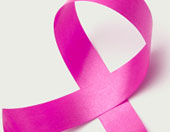 Breast cancer prevention and awareness
Breast cancer prevention and awareness Tips for helping men living longer (and healthier)
Tips for helping men living longer (and healthier) Men's health issues: prostate and ED
Men's health issues: prostate and ED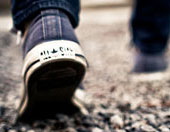 The many health benefits that come from walking
The many health benefits that come from walking Tips for getting better gas mileage
Tips for getting better gas mileage Why it is important for children to play outdoors
Why it is important for children to play outdoors Why we yawn
Why we yawn Cooked vs raw vegetable debate
Cooked vs raw vegetable debate Tips for how to GRILL vegetables
Tips for how to GRILL vegetables Tips for how to STEAM vegetables
Tips for how to STEAM vegetables Tips for how to ROAST vegetables
Tips for how to ROAST vegetables